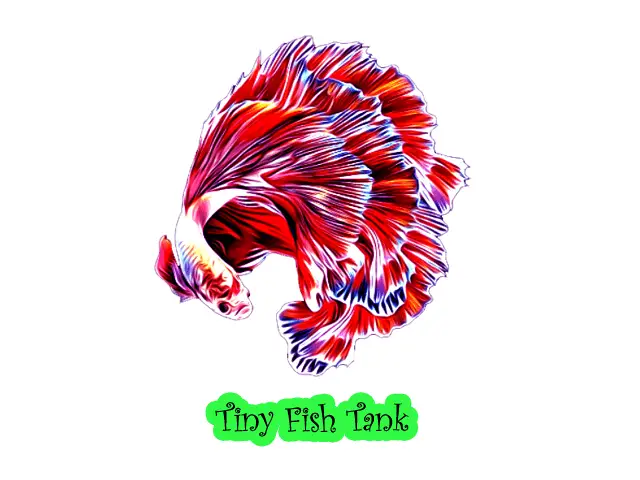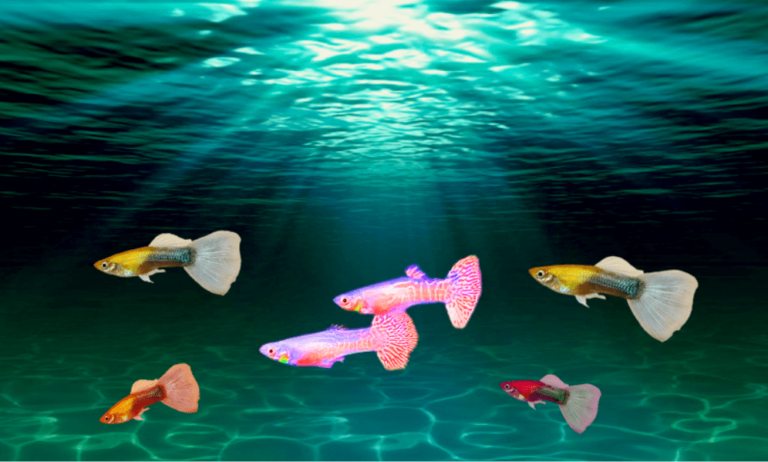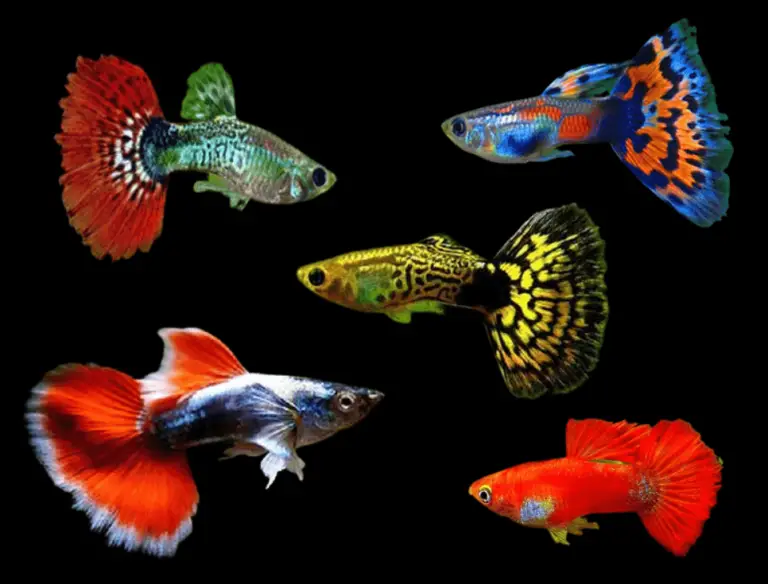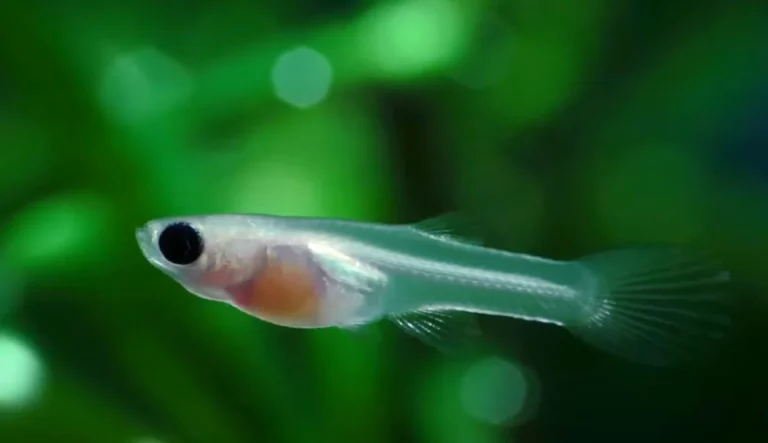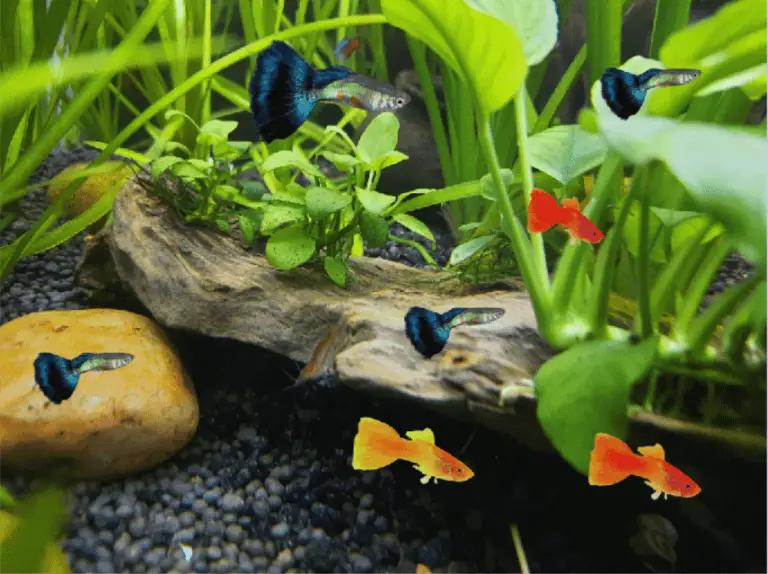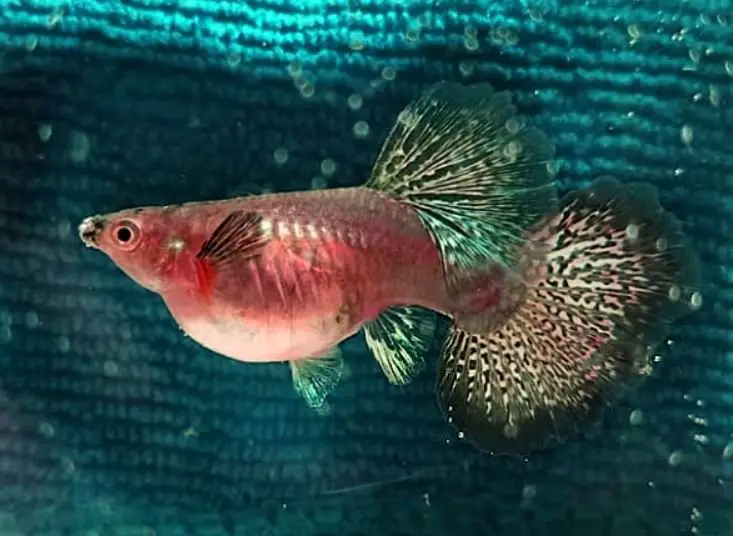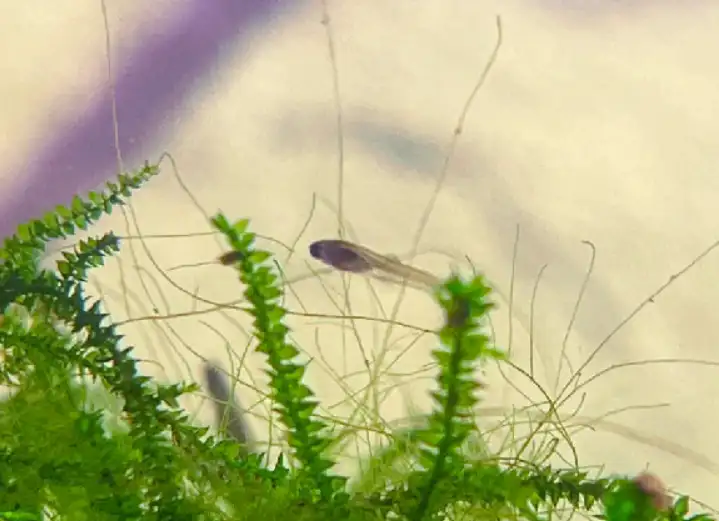How Do You Keep Guppy Fry Alive?
We have been keeping guppy fry for several years and have learned some valuable lessons along the way, which we would love to share to help ensure their well-being in your care.
So, taking care of your Guppy fry requires a few essential steps to ensure its survival and growth. First, it is best to isolate your guppy fry in a separate breeder box or tank, away from any larger fish that may harm them.
Quick Answer Is Here,
Thirty-gallon tank with a broad and shallow design is perfect, and do not forget to prioritize using foam filters to prevent the fry from getting trapped. Maintaining a consistent water temperature between 75-80° F (24-27° C) is a key factor, and adding a few live plants can provide shelter and extra oxygen to your guppy fry.
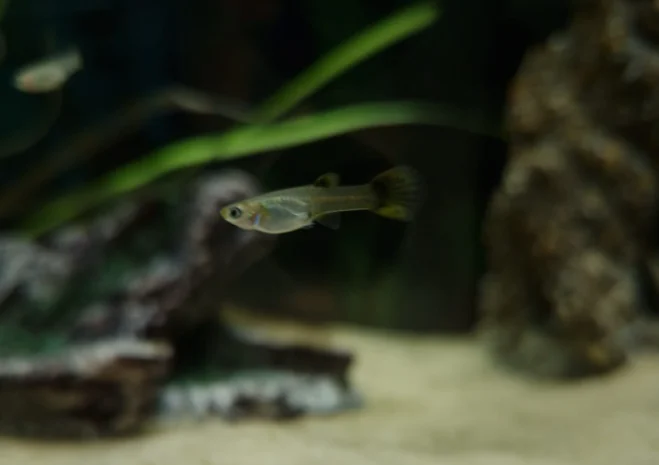
Will guppy Fry Survive In The Main Tank? Yes, but less probability.
When you transfer the fry to a new tank, acclimate them gradually to the new environment. As well as you can grind their food to a smaller size that can fit in their tiny mouths will ensure they receive proper nutrition.
As you know, there are several steps required to keep your Guppy fry healthy and thriving. So we will try to cover all the essential details, from isolating them to providing the right temperature and environment.
Not only that, we will touch on the potential dangers the fry may face, including what fish are likely to prey on and whether a bowl is suitable for their growth and development. By the end of this discussion, you’ll better understand how to raise and care for your Guppy fry.
Table of Contents
- How Do You Keep Guppy Fry Alive?
- What Fish Will Eat Guppy Fry?
- Can I Keep Guppy Fry Alive In A Bowl?
- Final thought
How Do You Keep Guppy Fry Alive?
As you know, guppy fries are not born from the egg-hatching process. That means the female guppy gives birth to the fry, and once the fry comes out from the female tummy, the fries start the free swim. Baby guppies do not need support from you to swim. They are ready to swim here and there in the fish tank.
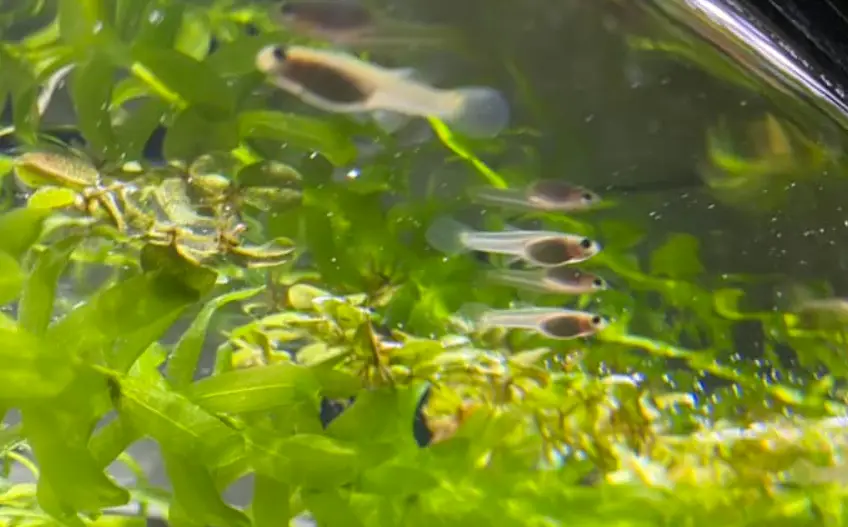
But the biggest problem is predators, so you should take care of them from adult guppies and other fish breeds because they cannot survive without your support if any other fish breeds live in the fish tank. So, it will be best if you can arrange some hidden places to hide them in the fish tank.
Taking the proper actions to care for Guppy fry, it’s not abnormal for roughly 50% of them not to survive. Yes, it can be disappointing, and it is important to remember that this is expected in the pet fish-keeping industry.
If you follow the proper actions and expert advice, you can improve the chances of your Guppy fry getting maturity and thriving in your care. The main thing is arranging a safe and suitable background for them to grow.
1. Separated The Guppy Fries from Adults Guppies
You should remember one thing; Caring for Guppy fry starts even before they are born. If you have a female Guppy in a community tank, she may give birth among the other fish and plants, providing some protection from predators.
Your female guppy living in a community tank also increases the likelihood of stress, especially if dominant or other aggressive fish are present.
Female guppy stress can result in losing some or all of her fry. So, to ensure the best possible outcome, it is recommended to separate the female guppy fish into a separate tank, where she can experience a calm and stress-free environment throughout her pregnancy.
If you prefer to keep the mother Guppy in the community tank, you can opt for a breeding box or other popular choice among fish enthusiasts. But as you know, Breeding boxes are cost-effective, as you won’t need to invest in extra equipment like filters, heaters, air stones, etc.
Not only that, keeping an eye on the mother’s gravid spot can help you monitor the progress of her pregnancy. By moving her to the breeder box before giving birth, the mother will drop her fry into a secure compartment below.
When you notice once she’s done, you can remove her from the breeding box and decide whether to keep the guppy fry there or transfer them to another container.
Read More About :- What is the guppy fry survival rate?
2. Pick A Wide And Shallow Tank
Remember, size matters when providing a suitable home for Guppy fry. Despite their small size, they still require adequate space and cannot simply grow to fit a cramped environment.
As you know, Crowded conditions can be fatal, especially if ammonia levels are not monitored.
tiny fish tank
Therefore to ensure their survival, it’s recommended to provide at least 10 gallons of water, with twenty gallons being the ideal size.
If you plan to house the mother in a separate tank before giving birth, choose a large enough tank to accommodate her.
Remember, the shape of the tank also plays a role, as a wide tank may make it difficult for the fry to locate food or become exhausted from searching. We notice that a shallow and wider tank is a better option for fry well-being.
3. Arrange A Correct Filtering System
When you arrange a filtration system for a Guppy fry in your nursery tank, choosing the correct setup is necessary to ensure their safety. Conventional filters may prove dangerous as the guppy fry can easily get sucked in.
So, to deduct this risk, you can purchase a sponge filter that makes the filter less hazardous. Using carbon bio balls as a filter medium is also an option if you’re on a budget. It’s crucial to take the necessary precautions to ensure the survival of these delicate creatures.
4. Adjust The Proper Water Parameters
As you know, Caring for Guppy fry is not an easy job, as they are more sensitive to their environment than adult Guppies. Therefore Keeping the nursery tank warm at a temperature of 75-80°F (24-27°C) is crucial for Guppy fry’s growth and health.
Remember the heater is necessary for maintaining the temperature, and regularly checking it with a thermostat is needed. The pH should be kept within a stable range of 7.5-8.5 by performing routine water changes.
Always keep in your mind; it also needs to monitor the levels of ammonia, nitrite, and nitrates, which should be at 0 ppm, 0 ppm, and below 20 ppm, respectively, and this can be easily checked with a test kit.
Read more about :- https://www.tinyfishtank.com/what-does-guppy-fry-need/
5. Add Long Roots Floating plants
Adding some natural plants to your guppy fry nursery tank is a must for new Guppy fry owners. They serve as hiding places, giving delicate babies a sense of security, and they also play a crucial role in maintaining a healthy environment.
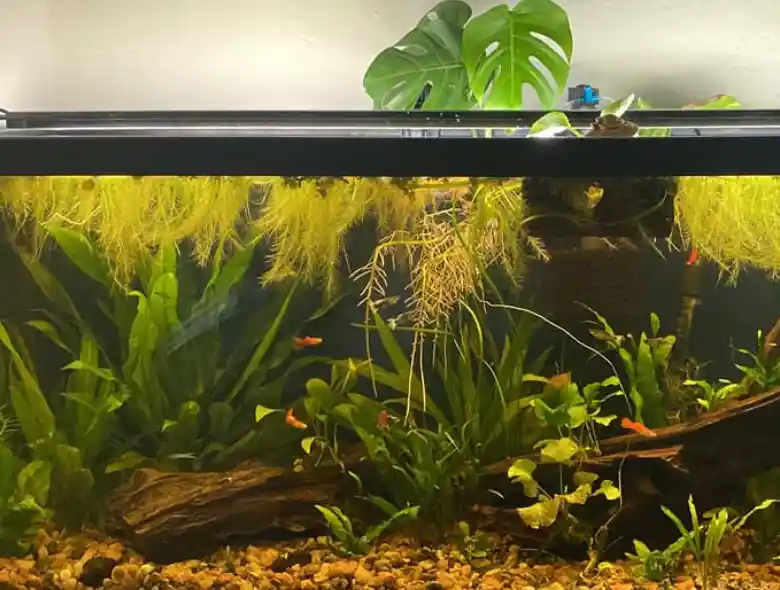
The plants work as a natural filter by producing oxygen and absorbing carbon dioxide, helping to prevent oxygen shortages. This added level of comfort and stability can help reduce stress in the fry and promote their overall health and growth.
Floating plants, such as those with long floating roots, are ideal for Guppy fry as they offer ample hiding places. You may find that the fry prefers to take shelter under these floating plants, which is a natural and acceptable behavior.
6. Adding The guppy Fry Properly Into The New Shallow Tank
Acclimating Guppy fry to the nursery tank is challenging to ensure their survival.
So After purchasing the guppy fries from a store, you can follow the below process to add them to the new fish tank.
- Please take a few minutes to adjust them to the tank’s conditions.
- Gently place the bag containing the fry on the surface of the water in the nursery and let it float until the temperature in the bag matches the tank’s temperature. This will prevent the stress and shock of the sudden change from killing the guppy fry.
- You should observe the guppy fry closely once in the tank and remove them if they display signs of stress, such as lethargy or erratic swimming.
- Keep an eye out for any dead fry, as they can harm the other fry by decaying and producing toxic ammonia.
7. Properly Feed Your Guppy Fry
When you feed the Guppy fish fry, remember you don’t need to spend on expensive food items. They can eat the same food as adult guppy fish, but it has to be in smaller pieces, suitable for their tiny mouths.
You can feed them to below mentioned food items without any problem.
1. Baby brine shrimp
2. Infusoria
3. Moina
4. Hikari
5. Daphnia
6. micro worms
7. Tubifex worms
What Fish Will Eat Guppy Fry?
Remember, Baby Guppies require special care as they are born small and need to be fed with microscopic foods to survive. However, it’s necessary to keep the adult guppy fish away from the baby Guppies as they may consume them, regardless of their peaceful nature.
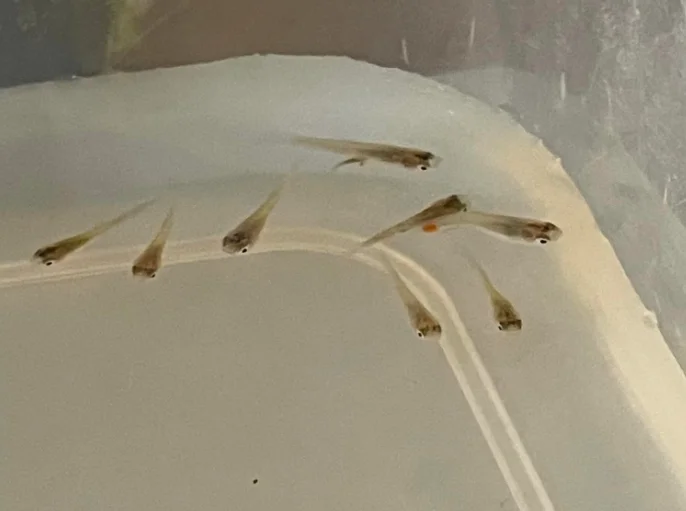
So removing the mother fish after giving birth is recommended to avoid this situation. If you still want to keep other fish breeds with the baby Guppies, we recommend bottom dwellers such as Bristlenose Plecos, Cory Catfish, or Kuhli Loaches, which are less likely to eat the fry.
Read more about:- What fish will eat guppy fries?
Can I Keep Guppy Fry Alive In A Bowl?
Keeping baby Guppies in a bowl is not recommended, as it can quickly become overcrowded. The reason is female Guppies can give birth to over a hundred fry, making a bowl an inadequate long-term solution.
Even though a bowl may seem like a convenient temporary home for baby or adult fish in case of emergency, it can lead to cramped living conditions and a lack of space for even essential decorations or plants.
Do not forget that a proper nursery tank is necessary for the well-being and survival of the Guppy fry. A bowl is not a suitable home for Guppy fry in the long term, as it is too small to accommodate a potentially large number of fry and may also lack the necessary equipment for proper care.
The limited space in a bowl can quickly lead to crowded conditions, which can be stressful for you and the fries. As well as, bowls are not equipped with heaters, making it challenging to maintain a stable water temperature that is crucial for the survival of delicate baby Guppies during their first few days.
Always do not forget the lack of proper filtration in bowls is a big problem. Due to the confined space and limited water flow, the ammonia levels will quickly become dangerous for the delicate Guppy fry.
The result is a high mortality rate and the loss of many precious little lives. It’s simply not worth the risk, and it’s best to avoid bowls and provide a proper nursery tank for your Guppy fry to live healthily.
Final thought
Guppy fish are sensitive, so you need to take care of them properly, or they will die within two or three days.
First, remove the mother guppy and slowly add them to the breeding tank. Arrange proper background for them and feed them properly with high protein food.
Keep away from other fish breeds until guppy fries become more than 2cm in size. This is the best way to grow your guppy fish and keep them alive.
